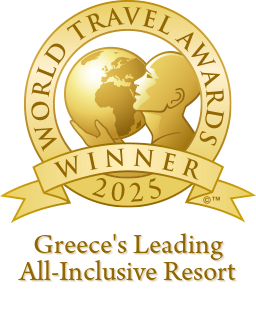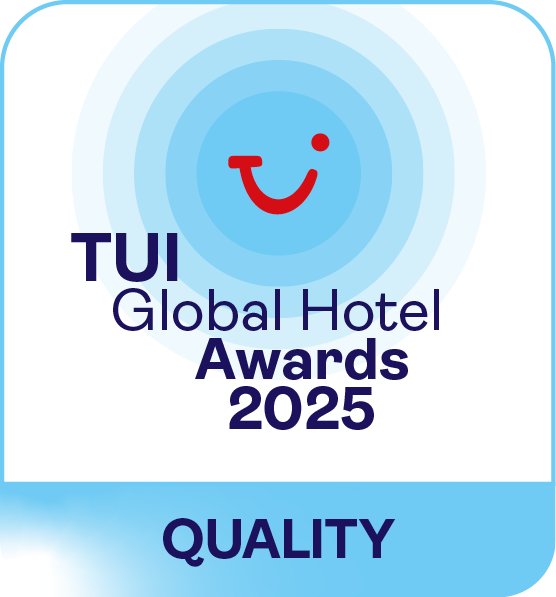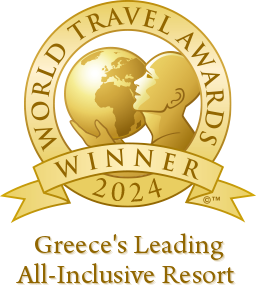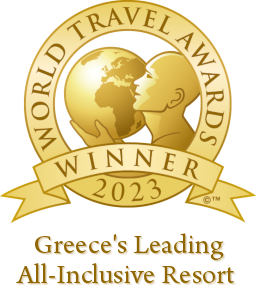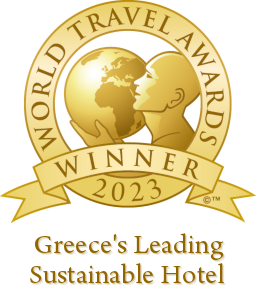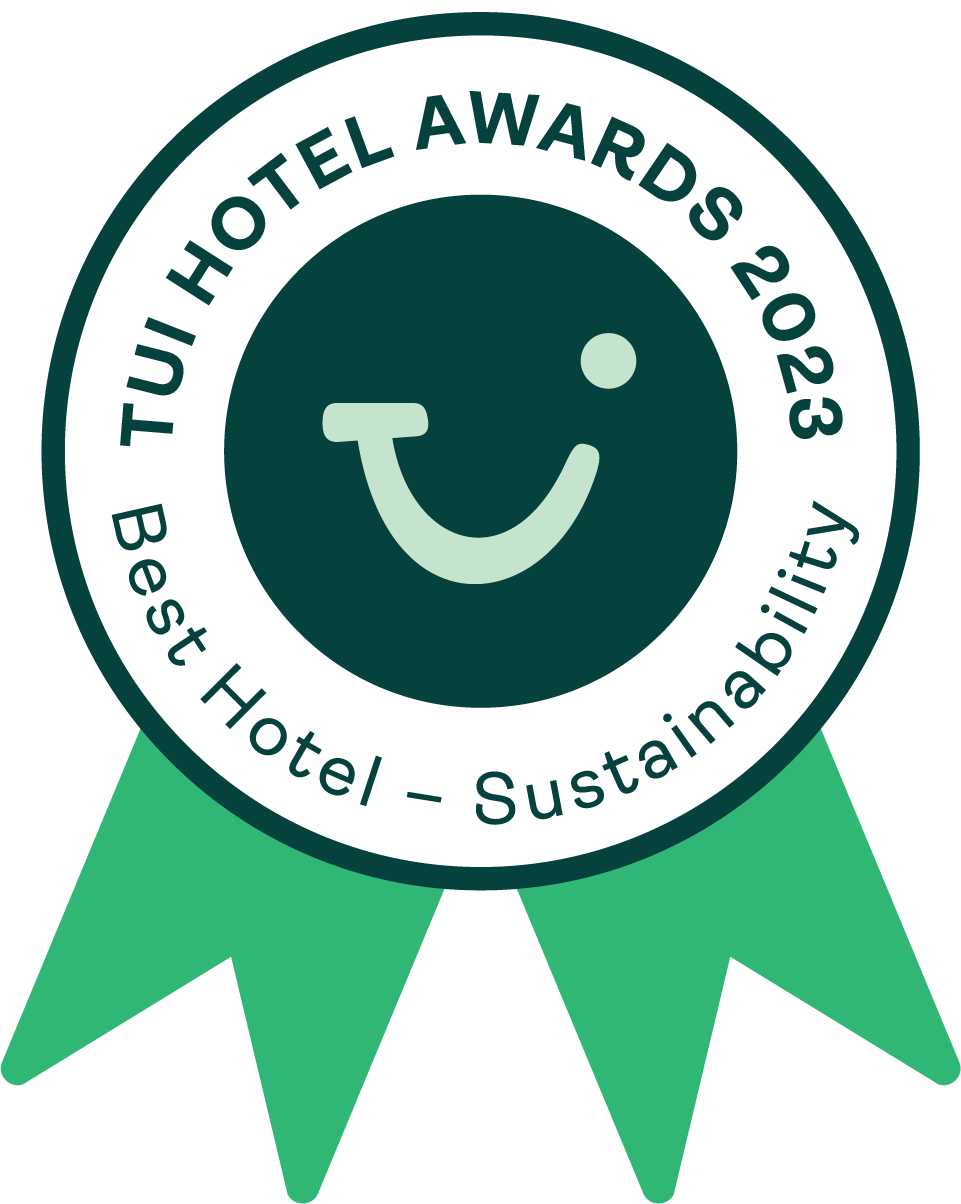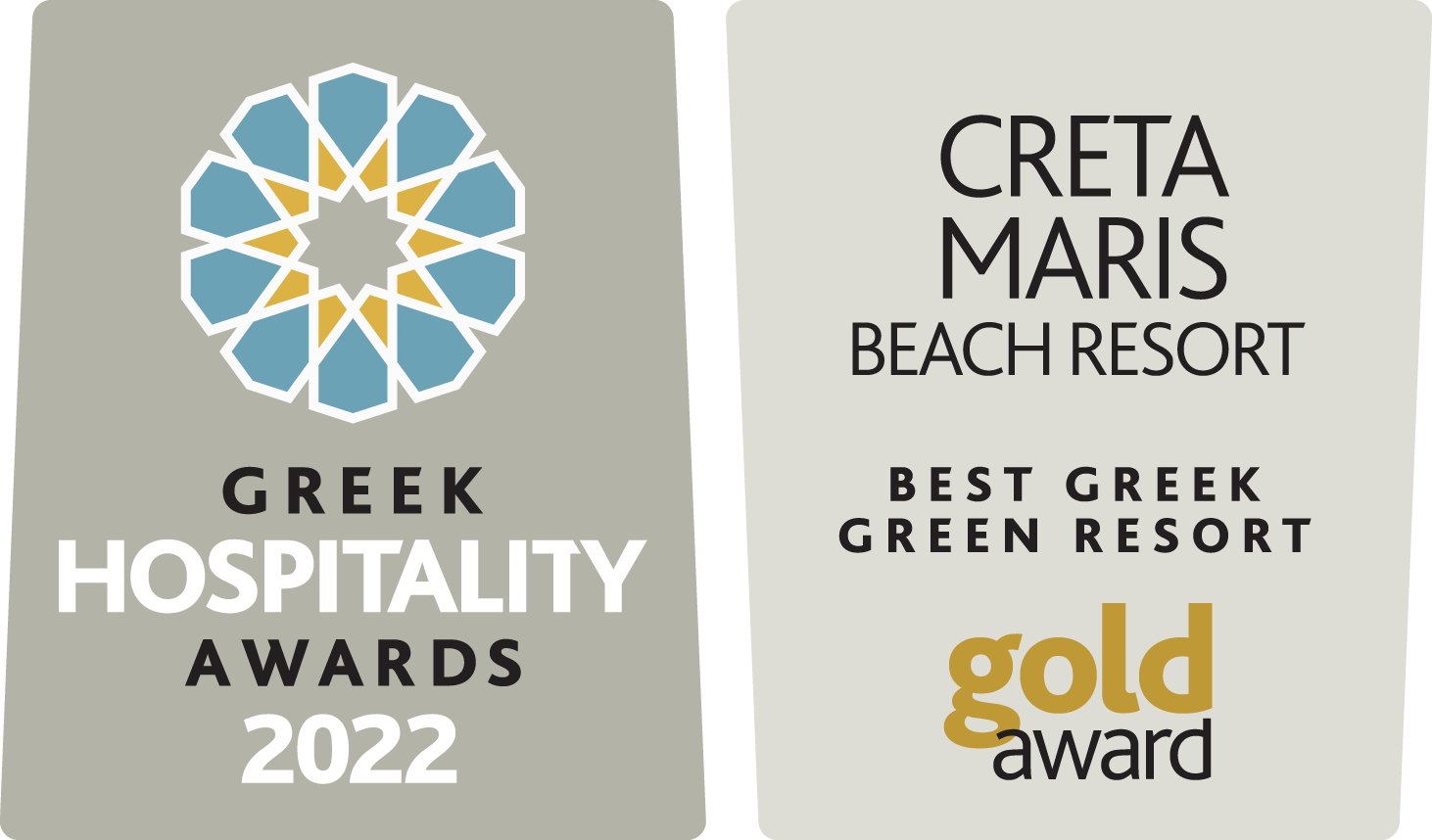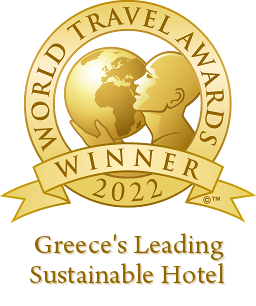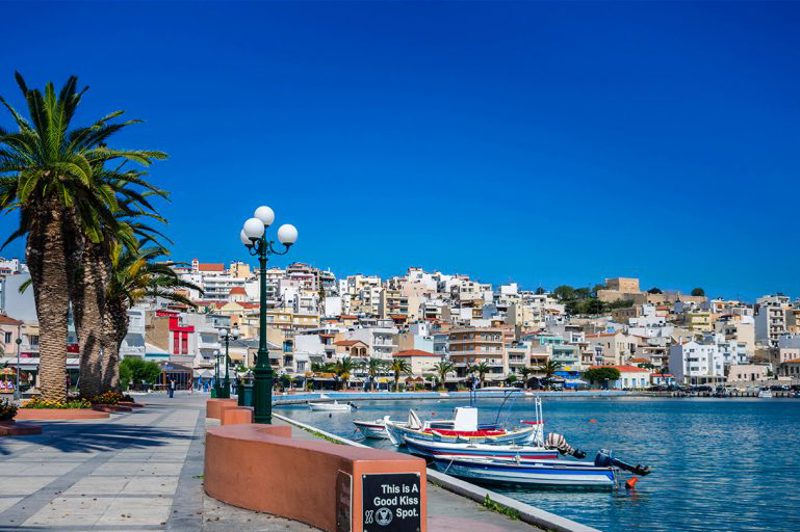
Head east from Hersonissos and in less than 10 km you’re in Lasithi, Crete’s easternmost province. Lasithi’s wild beauty is found along the roads less-travelled, and nowhere more so than on its northeast coast. The gateway to this enchanting part of Crete is Sitia, a warm and friendly seaside town with a rich history. Devastated by two earthquakes (the first in 1700 BC, the second in 1508), the city is a true survivor. Sitia was an important trading post when the Venetians ruled Crete, and the name of their most easterly harbour – La Sitia – gave the Lasithi region the name it’s known by today. For 200 years after the Turkish blockaded the port in 1648, the town was left abandoned, only to recover once more under the rule of the Ottomans in the late 19th century.
Sitia has a particular claim to fame as the sun shines here 300 days a year, making it one of the sunniest spots in Greece. In July and August the city kicks up its heels with the Kornaria Festival – named after the Sitian-born poet Vintsentoz Kornaros, who wrote Erotokritos, the 17th century epic poem which became Crete’s most famous literary masterpiece. The festival, organised by the local municipality, comprises traditional music concerts, folk dance performances and theatre shows at the Kazarma Fortress (from the Italian – Casa di Arma), which overlooks the town.
There are traces of the French here too. Part of peacekeeping forces sent to Crete in 1897, what used to be the French army’s headquarters can be found on the corner of G. Arkadiou and Metaxaki streets. Above the stone doorway is inscribed 8th Regiment… Salles de Rapports’and its wooden balcony (sachnisia) echoes the Ottoman presence here.
History buffs should check out the Archaeological Museum of Sitia (28430 23917) next to the KTEL bus station, to see precious artefacts from Minoan, Neolithic and Roman times. It also holds relics from the Palace of Ancient Zakros. Admission €3. Open daily 8.30am-3pm. Closed Sundays and Tuesdays. Good places to eat on the seafront include Zorba’s Taverna and Rakadiko Inodion. Mitsakakis is the pick of the seafront cafes with great pastries.
The area around Sitia abounds in natural beauty and fascinating historical sites. Fifteen kilometres east of the town is one of the most historically important and richest monasteries in Greece – Moni Toplou. Its museum has a fascinating collection of engravings and icons. Admission €3. Open 10am-5pm. For those interested in Minoan sites Kato Zakros, an hour’s drive southeast from Sitia, is a must. Built around 1600BC Kato Zakros was a major port in Minoan times and the remains of Ancient Zakros stretch across a 8000 square metre site behind today’s seafront. One of the four great Minoan palaces of Crete, along with Knossos, Malia and Phaistos, admission to the site is €6.
Rugged pristine nature, exquisite frescoed churches, ancient monasteries and the remains of civilisations that flourished and faded thousands of years ago, Sitia and its environs is a part of Crete that rewards those who look beyond the well-worn paths. Just over 100 km from Hersonissos, driving to Sitia from Creta Maris will take around one hour fifty minutes.





